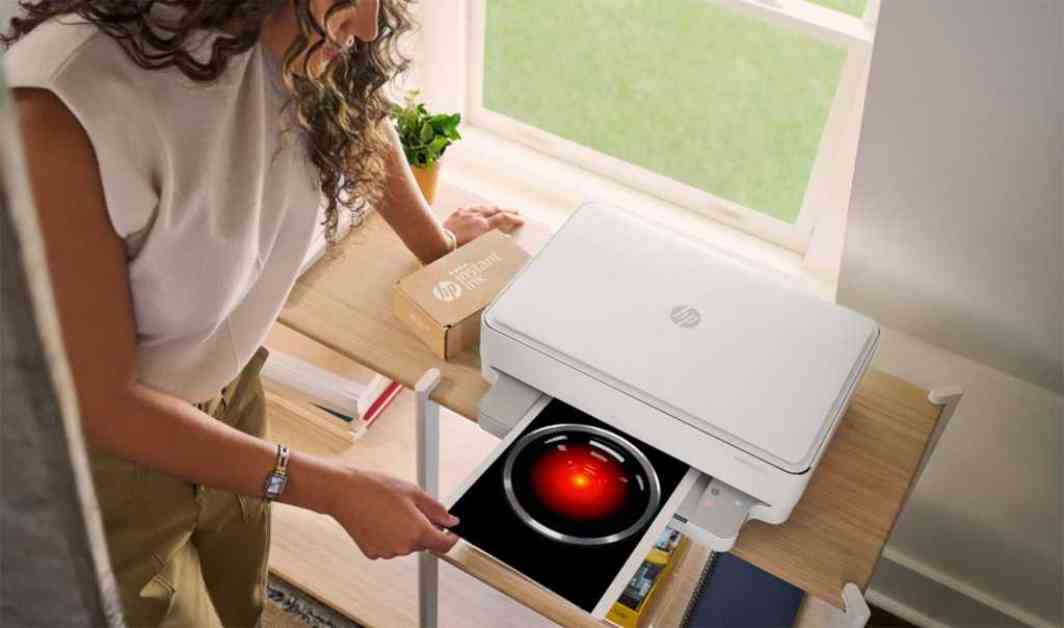HP has recently made waves in the technological world by introducing AI technology in its latest printer models. This move marks a significant step forward in the integration of artificial intelligence into everyday devices, promising to revolutionize the printing experience for users across various settings.
Print AI, the innovative feature developed by HP, is being hailed as the industry’s first intelligent print experience for home, office, and large format printing. This cutting-edge technology aims to enhance the printing process by offering users a seamless and efficient way to optimize their printing output.
The core functionality of Print AI lies in its ability to deliver “Perfect Output,” a unique tool that redefines the way content is formatted and printed on physical paper. By detecting and eliminating unwanted elements such as ads and irrelevant text, Perfect Output streamlines the printing process, saving valuable time, paper, and ink in the process.
One of the standout features of Print AI is its adaptability when it comes to handling various types of content. Whether it’s a complex web page, a spreadsheet, or an image, the software can intelligently reformat the content to ensure optimal printing results. This level of customization and precision sets Print AI apart from conventional printing solutions, offering users a more refined and user-friendly experience.
Despite the impressive capabilities of Print AI, some skeptics question whether this technology truly qualifies as artificial intelligence. While the term AI has become somewhat of a buzzword in the tech industry, it’s essential to distinguish between true AI and machine learning. In the case of Print AI, the technology functions more as a sophisticated formatting tool rather than a true AI-driven solution.
The functionality of Print AI is reminiscent of the reader mode formatting found in web browsers, where unnecessary elements are stripped away to focus on essential content. This pragmatic approach to content optimization may not be groundbreaking in terms of AI innovation, but it certainly delivers tangible benefits to users seeking a more efficient printing experience.
In addition to its core functionality, Print AI also offers support for conversational prompts, allowing users to interact with the software in a more intuitive manner. This feature leverages large language models to facilitate smoother communication between the user and the printer, enhancing the overall user experience.
Corporate customers can also benefit from the enhanced functionality of HP Scan Enhanced, which provides similar content optimization features when scanning documents. While the branding may suggest AI-driven capabilities, the underlying technology relies more on practical functionality rather than advanced artificial intelligence.
As HP continues to innovate and optimize its printing solutions, customers can expect to see more user-centric features that prioritize efficiency and convenience. The integration of AI technology in printers represents a significant step forward in enhancing the overall printing experience, offering users a more streamlined and intuitive way to interact with their devices.
Subheadings:
1. The Evolution of Print AI Technology
2. Enhancing User Experience with Perfect Output
3. The Future of Printing: AI Integration and Beyond
As HP leads the charge in integrating AI technology into its printer models, users can look forward to a more intelligent and efficient printing experience. With features like Perfect Output and conversational prompts, HP is setting a new standard for user-centric design in the printing industry. As the technology continues to evolve, the possibilities for AI integration in printers are endless, promising a future where printing is simpler, smarter, and more intuitive than ever before.











